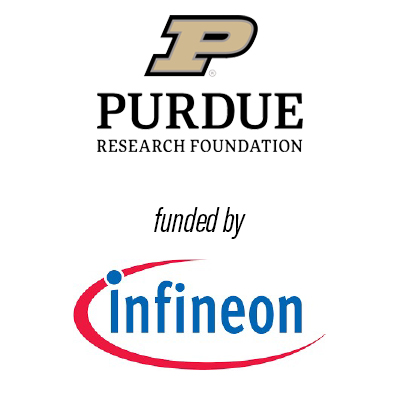The purpose of this project, as a team, is to develop and enhance the process of insulin pen self-injection for diabetic users. PharmSafe plans to simplify, standardize, and structurally upgrade existing insulin pens.
Various types of devices inject insulin into the human body. With modern technologies, the first insulin pump for treatment purposes was introduced in the 1970s, and the first insulin pen, named NovoPen by Novo Nordisk, was introduced in 1985. Pharmaceutical companies developed the pen to improve the traditional insulin delivery method to the human body, which involved using a syringe and vial. The pen is necessary for dosage accuracy, storage, handling, and device limitations.
Although the insulin pen has been one of the best methods of insulin injection and a significant advancement in diabetes management, the insulin pen nowadays faces multiple challenges that have to be addressed:
1. Cost: Within the U.S., insulin pens are often more expensive than traditional vials and syringes, which makes access difficult for people without enough insurance coverage. The insulin pen was developed for ease and as a convenient method of diabetes management; however, it has now become a medical treatment that not everyone can use.
2. Environmental Impact: Since most insulin pen products are only for single use or are disposable, the plastic components and electronic parts in some modern insulin pen products are not easy to recycle, raising concerns about the environmental footprint and the secure disposal of insulin pens.
3. Limited Dosage Flexibility: Insulin pens are limited by the increment of insulin injected into the human body. Since the designs of modern insulin pens are overall similar, there are limited dosages that users can inject per usage of insulin pens. There are also dosage errors for certain insulin pen products with dial implementation, while dial implementation should help users control the insulin dosage.
Semester of Project:
Team Photo:

Team Poster:
Problem Statement/Summary:
Project Department:
Project Presentation Video Embed Code:
The client do not want to publish the video due to design novelties, confidential information, and IP factors.

